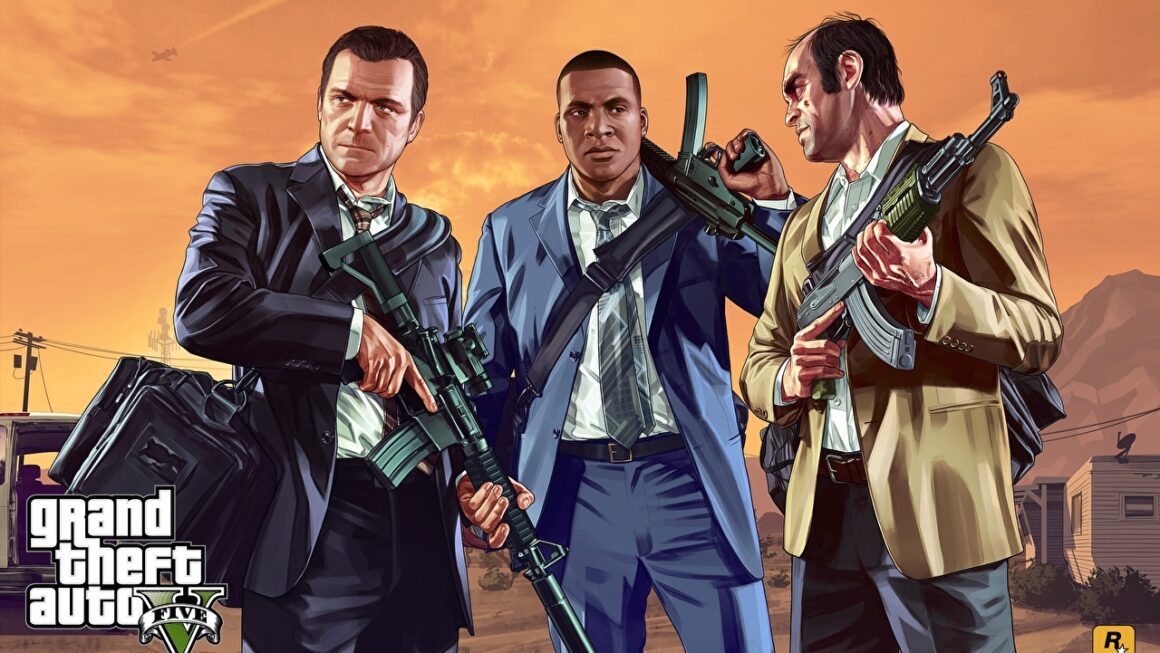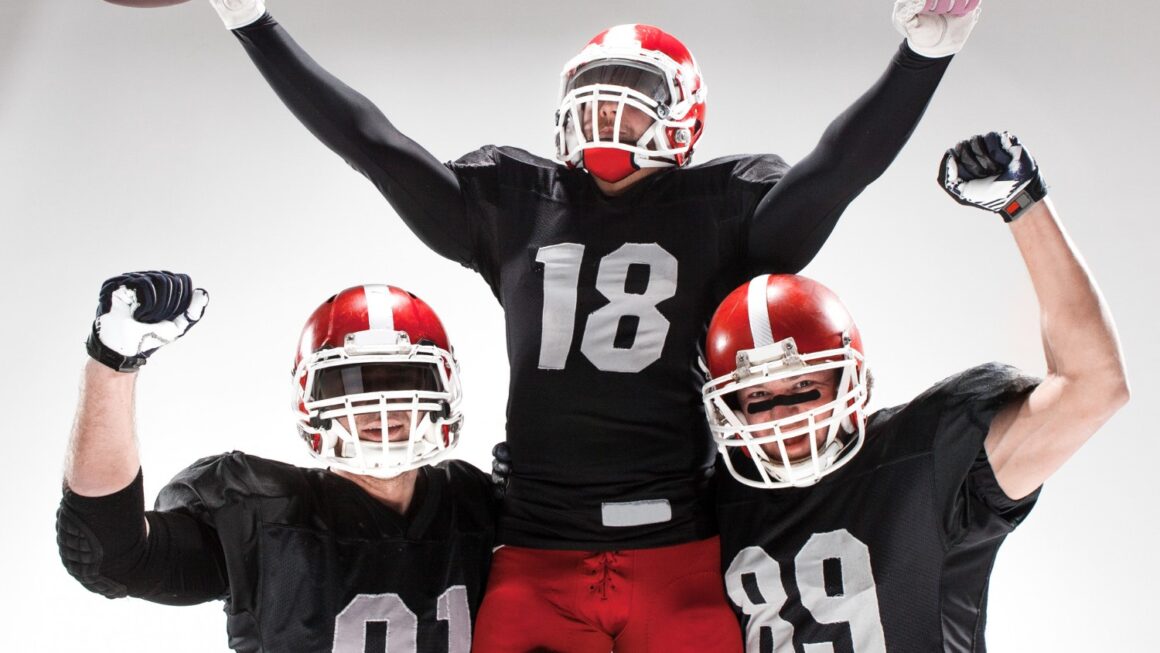The team members involved in designing and developing a game can vary depending on the scope and complexity of the project, but some common roles include:
Game Designer:
The game designer is responsible for coming up with the initial concept and vision for the game. They define the gameplay mechanics, objectives, and challenges that players will face as they progress through the game. They work closely with other team members to ensure that the game mechanics are balanced, engaging, and fun. They also create the game’s levels, design the user interface, and write the story or narrative if applicable.
Game Artist:
The game artist is responsible for creating the visual elements of the game. They design characters, environments, objects, and other visual assets. They collaborate closely with the game designer to make sure the visual aesthetic of the game matches the game’s overall vision. They may also create promotional artwork, such as posters or trailers, to help market the game.
Game Programmer:
The game programmer is responsible for writing the code that brings the game to life. They use programming languages such as C++, Java, or Python to implement game mechanics, interactions, and artificial intelligence. They work closely with the game designer and artist to ensure that the code is optimized for performance and works seamlessly with the game’s visual elements.
Sound Designer:
The sound designer is responsible for creating the game’s audio elements, such as sound effects, music, and voiceovers. They work closely with the game designer and artist to ensure that the audio matches the visual style and enhances the overall gaming experience. They may also create soundscapes and ambient tracks to set the mood and atmosphere of the game.
Producer:
The producer is responsible for overseeing the development process and managing the project’s timeline and budget. They work closely with all team members to ensure that the game meets the desired quality standards and is delivered on time and within budget. They may also handle communication with external stakeholders, such as publishers or investors.
Quality Assurance Tester:
The quality assurance tester is responsible for testing the game to identify and report bugs, glitches, and other issues that may affect gameplay. They work closely with the game programmer to ensure that any issues are addressed before the game is released. They may also provide feedback on the game’s difficulty, balance, and overall playability.
Writer:
The writer is responsible for crafting the game’s story and narrative elements. They work closely with the game designer to ensure that the story matches the gameplay mechanics and enhances the overall gaming experience. They may also create character dialogue, item descriptions, and other written elements that help bring the game’s world to life.
Marketing Specialist:
The marketing specialist is responsible for promoting the game and generating buzz among potential players. To produce marketing materials like trailers, screenshots, and social media posts, they collaborate closely with the producer and other team members. They may also coordinate with influencers and other media outlets to generate coverage and interest in the game.
User Experience (UX) Designer:
The UX designer is responsible for designing the overall experience of the game. They guarantee that the game is simple to use, enjoyable to play, and intuitive. They work closely with the game designer and programmer to ensure that the user interface is optimized for player engagement and satisfaction.
Project Manager:
The project manager is in charge of directing the team and making sure that the project is finished on schedule and within the allocated budget. They work closely with all team members to ensure that each task is completed on time and to the desired quality standard. They may also handle administrative tasks, such as payroll, budgeting, and resource allocation.




